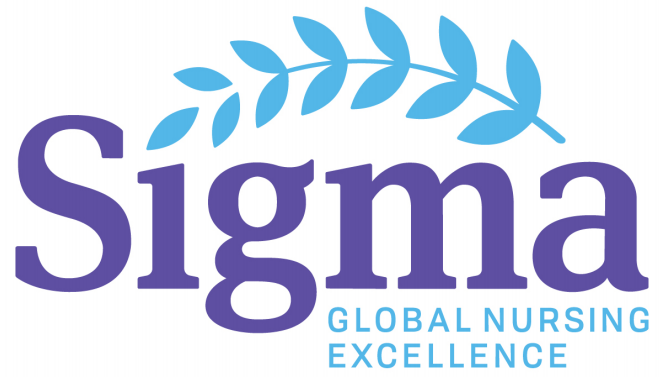Presenter Classification
Faculty
Presentation Type
Podium Presentation
Publication Date
April 2023
Start Date
20-4-2023 10:00 AM
End Date
20-4-2023 11:00 AM
Keywords
AAT, TBI, rehabilitation, Brain injury
Abstract Type
Research
Abstract
Animal-Assisted Green Care Farming for Patients with Traumatic Brain Injury
Purpose
To examine the effects of Animal Assisted Therapies with Farm Animals (AATF) with domesticated ducks on depression and anxiety.
Aim
The proposed study will use single-group time series design and collect survey data to explore the changes in anxiety and depression in patients exposed to AATF. The study will be guided by the Self-Efficacy Theory. The study will involve 30 patients with TBI living in The Crumley House Rehabilitation Center in Limestone, TN.
Hypothesis. Engaging in AATF with domesticated ducks will be associated with decrease in anxiety and depression.
Approach - Theoretical Framework. Bandura’s Self-Efficacy Theory will be used to guide this study examining AATF effects on anxiety and depression in patients with TBI. Salutogenesis, Social Support, and Self-Efficacy theories were compared in order to select the best theoretical framework for this study.
Methods
Time series Quasi-experimental design. The study will examine the effects of AATF on anxiety and depression among patients with traumatic brain injury (TBI). Because of the unique characteristics of the patient population (all patients have history of TBI) in this facility no other rehabilitation center can be utilized for comparison. Time series design will ensure that all of the participants will be exposed to the therapeutic intervention, it will not be affected by the conventional treatments the participants are receiving.
Projected Results and Anticipated Limitations
It is expected that AATF will be effective in reduction of Anxiety and Depression symptoms in the patient with TBI
Limitations
• Possibility of dropouts may compromise sample size and lead to lower statistical power.
• AATF based intervention is impossible to conduct in blinded environment. That in turn may contribute to participant’s expectation of positive outcomes of the interventions in this study. This may be considered an example of subject bias.
• AATF treatment cannot be completely standardized. Because the treatment is based on interaction with live animals, animal behavior may be different during each visit to the duck pen. Because of that there is a possibility that the study cannot be exactly replicated.
• The participants may have different duration or complexity of treatments for anxiety and depression. This may present a confounding factor that we are not able to control in this study.
Conclusion
This is a pilot study to examine the effects of AATF with domesticated ducks. This study may serve as a basis in developing more research on this topic with expanding the methodology and sampling in the future.
Included in
Animal-Assisted Green Care Farming for Patients with Traumatic Brain Injury
Animal-Assisted Green Care Farming for Patients with Traumatic Brain Injury
Purpose
To examine the effects of Animal Assisted Therapies with Farm Animals (AATF) with domesticated ducks on depression and anxiety.
Aim
The proposed study will use single-group time series design and collect survey data to explore the changes in anxiety and depression in patients exposed to AATF. The study will be guided by the Self-Efficacy Theory. The study will involve 30 patients with TBI living in The Crumley House Rehabilitation Center in Limestone, TN.
Hypothesis. Engaging in AATF with domesticated ducks will be associated with decrease in anxiety and depression.
Approach - Theoretical Framework. Bandura’s Self-Efficacy Theory will be used to guide this study examining AATF effects on anxiety and depression in patients with TBI. Salutogenesis, Social Support, and Self-Efficacy theories were compared in order to select the best theoretical framework for this study.
Methods
Time series Quasi-experimental design. The study will examine the effects of AATF on anxiety and depression among patients with traumatic brain injury (TBI). Because of the unique characteristics of the patient population (all patients have history of TBI) in this facility no other rehabilitation center can be utilized for comparison. Time series design will ensure that all of the participants will be exposed to the therapeutic intervention, it will not be affected by the conventional treatments the participants are receiving.
Projected Results and Anticipated Limitations
It is expected that AATF will be effective in reduction of Anxiety and Depression symptoms in the patient with TBI
Limitations
• Possibility of dropouts may compromise sample size and lead to lower statistical power.
• AATF based intervention is impossible to conduct in blinded environment. That in turn may contribute to participant’s expectation of positive outcomes of the interventions in this study. This may be considered an example of subject bias.
• AATF treatment cannot be completely standardized. Because the treatment is based on interaction with live animals, animal behavior may be different during each visit to the duck pen. Because of that there is a possibility that the study cannot be exactly replicated.
• The participants may have different duration or complexity of treatments for anxiety and depression. This may present a confounding factor that we are not able to control in this study.
Conclusion
This is a pilot study to examine the effects of AATF with domesticated ducks. This study may serve as a basis in developing more research on this topic with expanding the methodology and sampling in the future.



